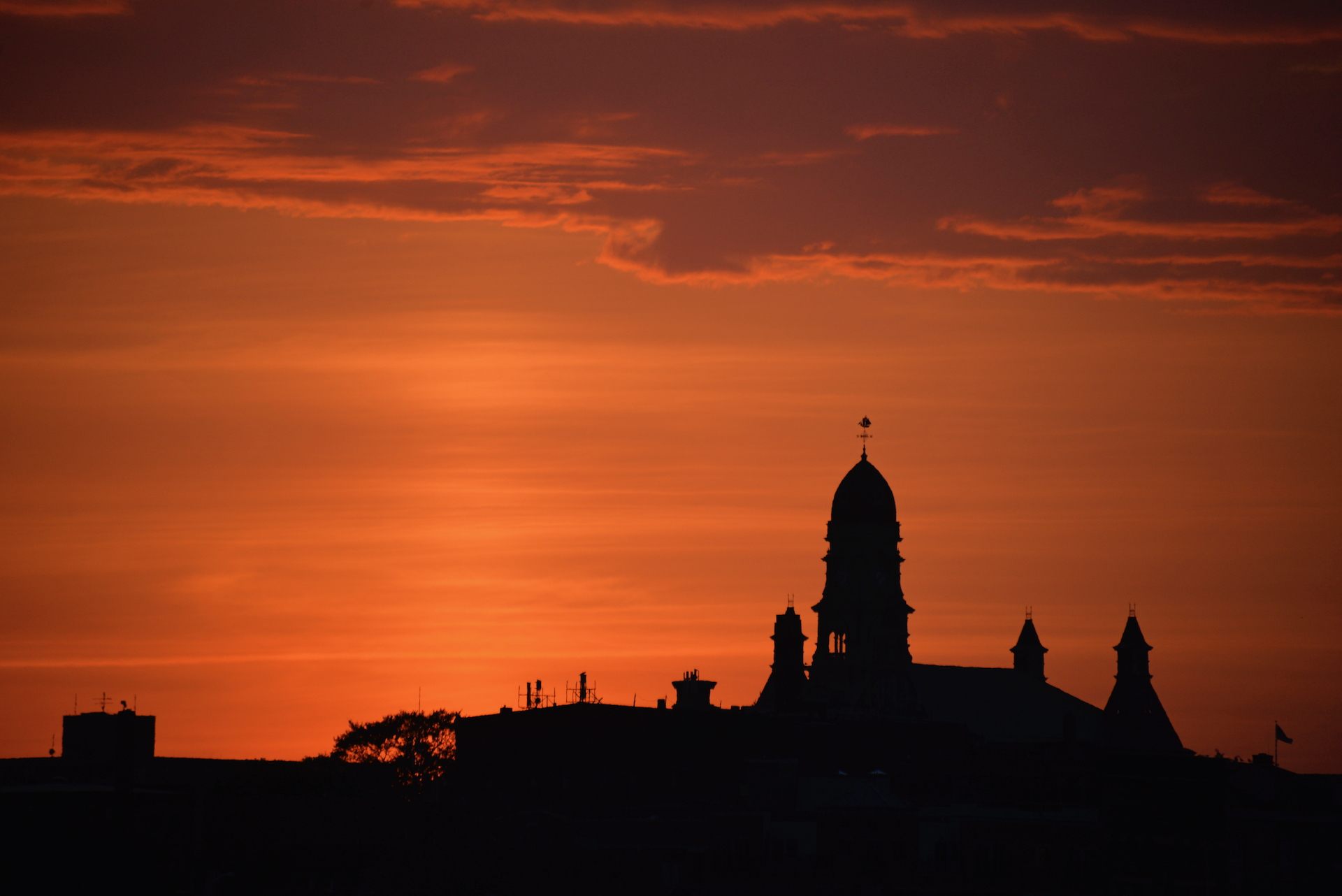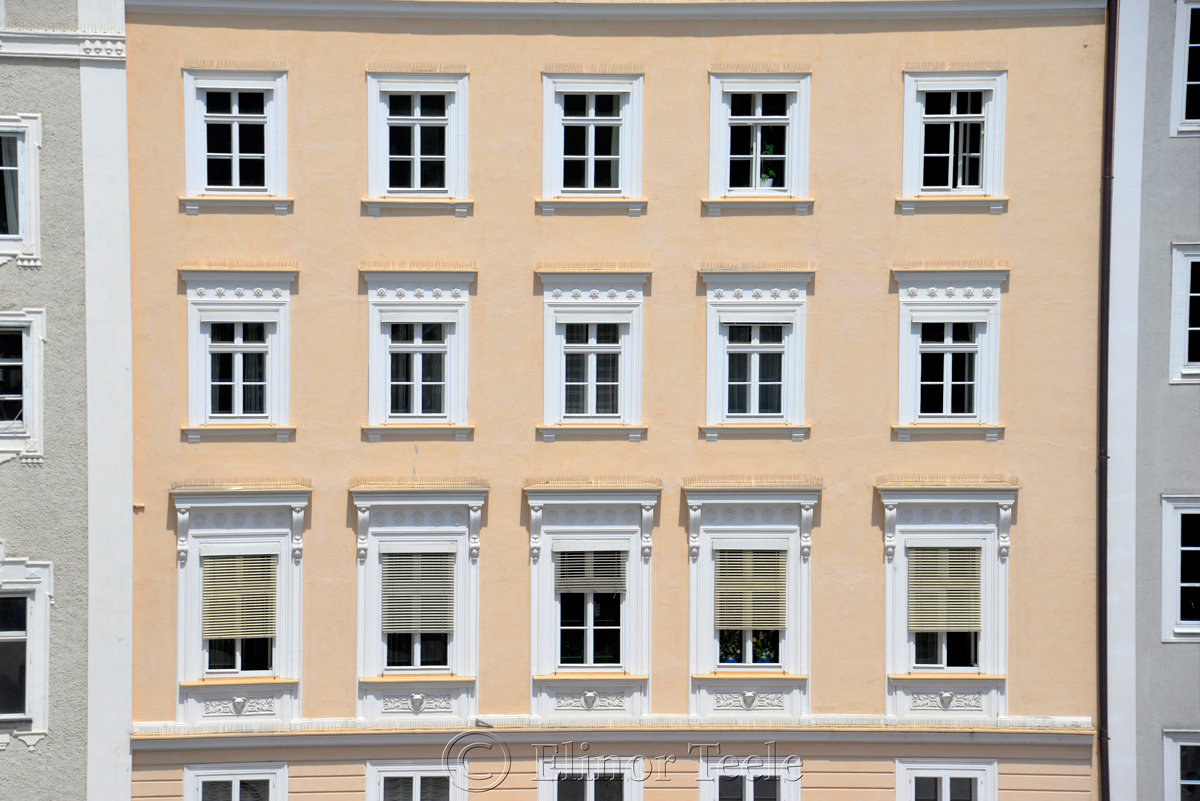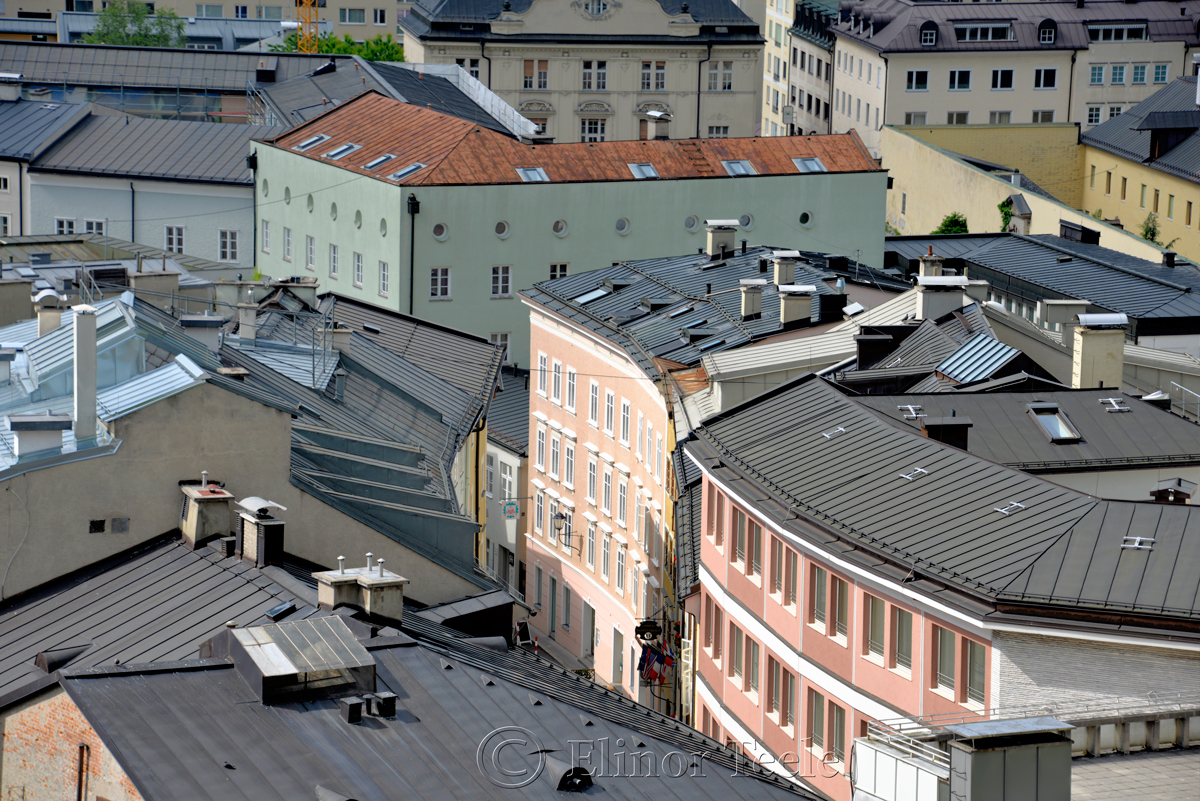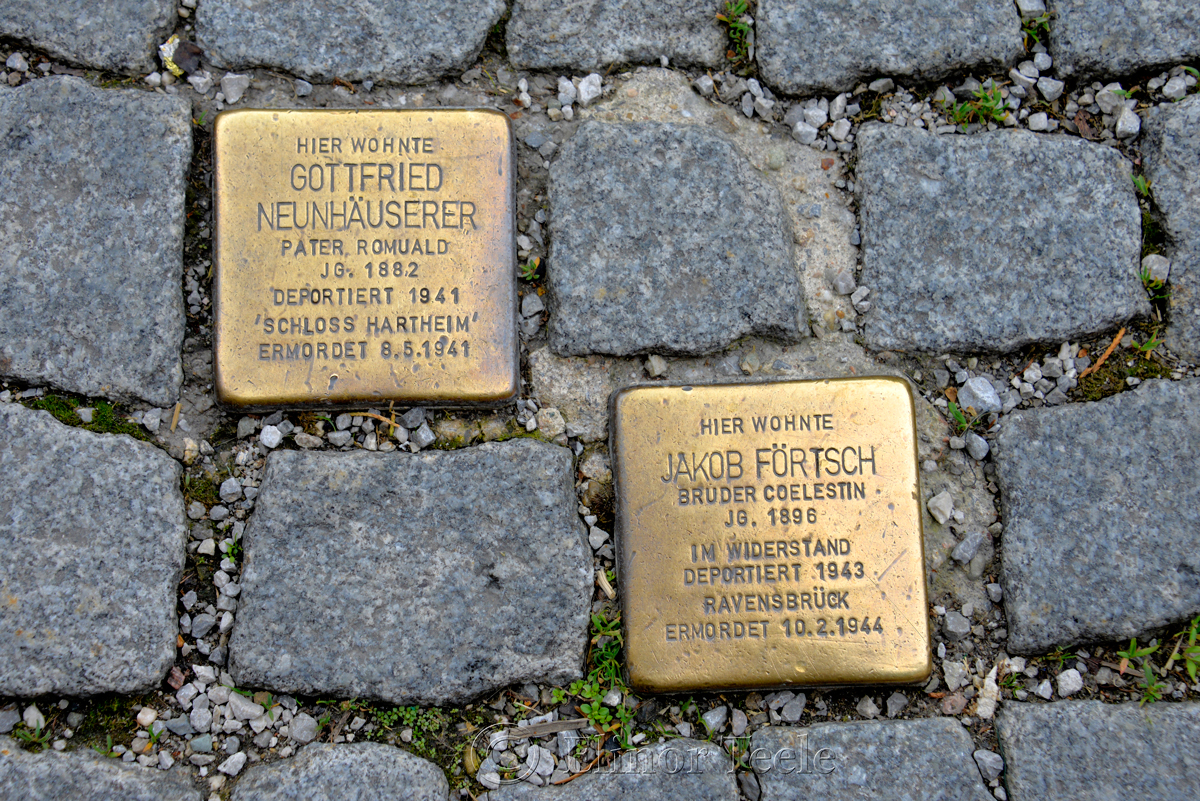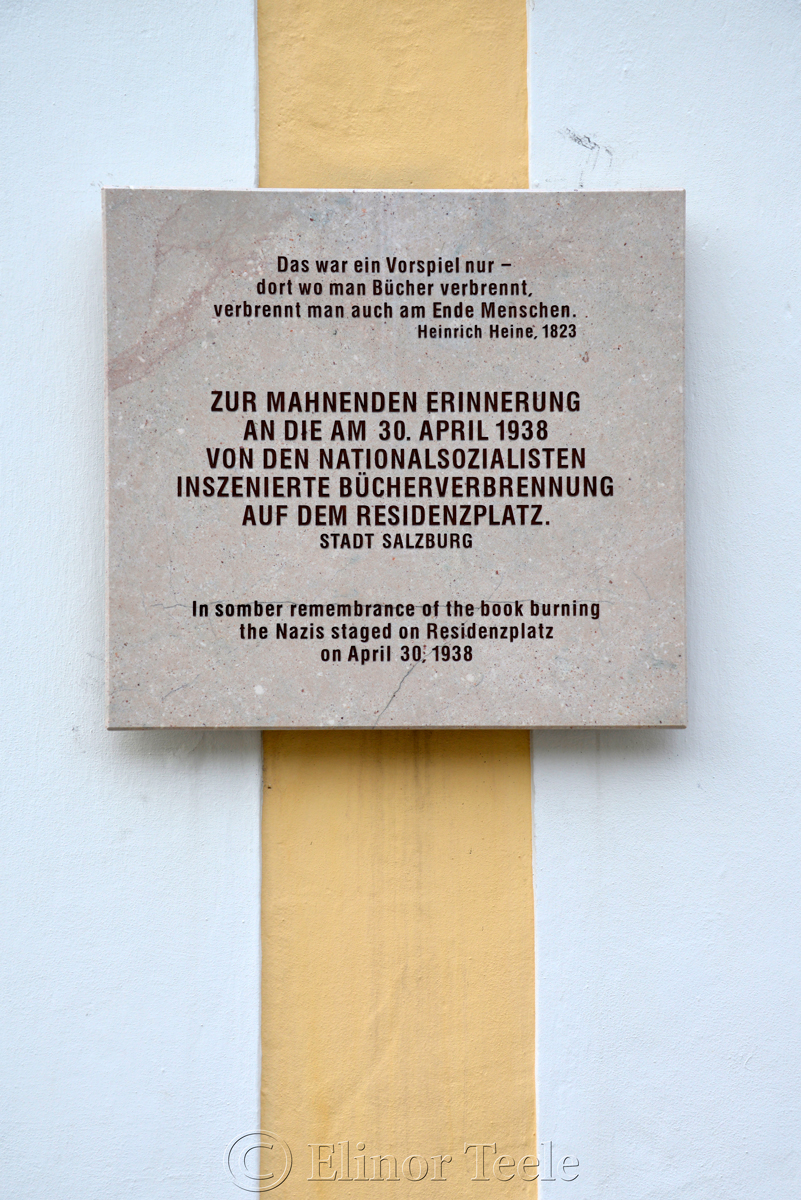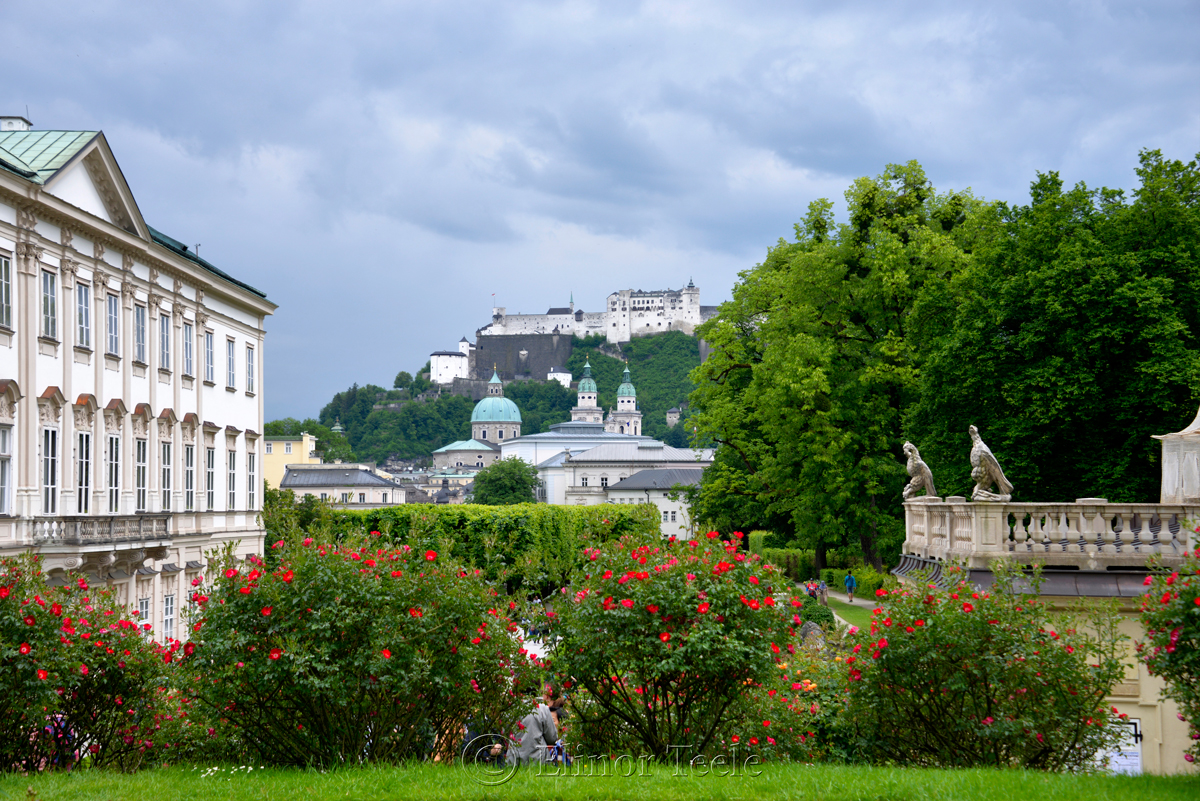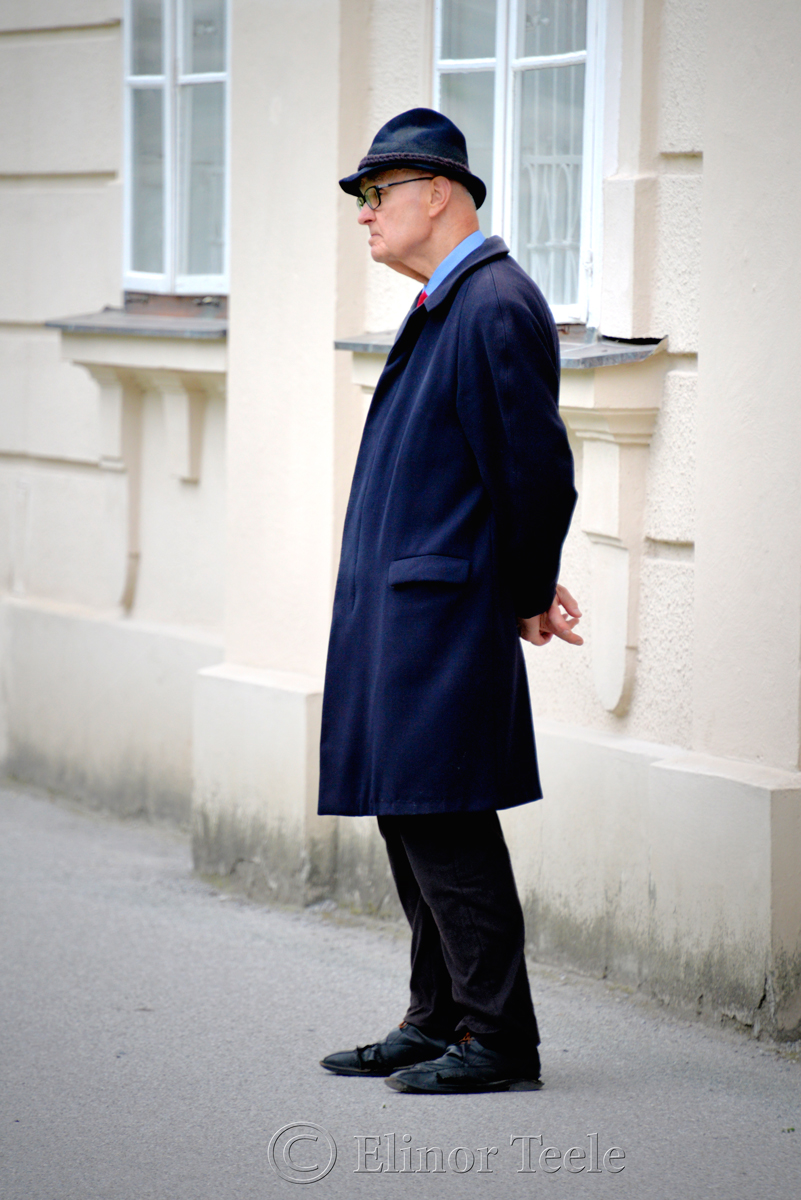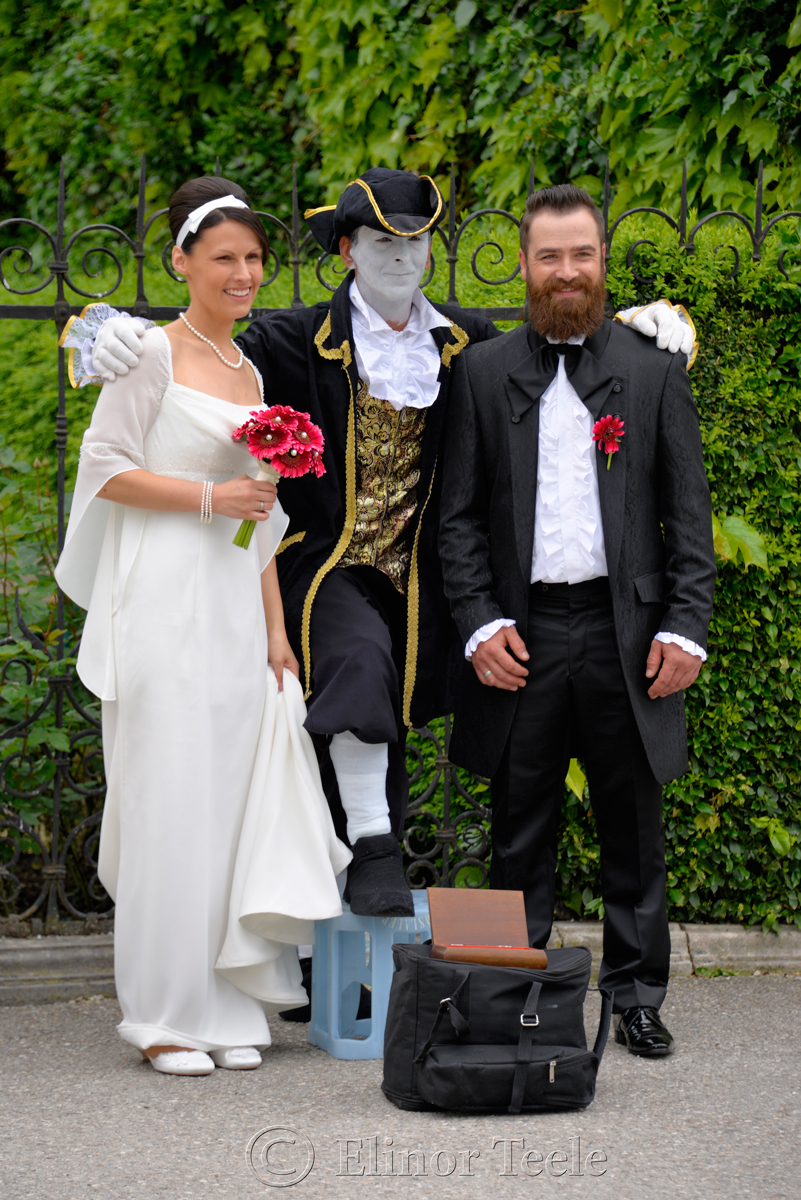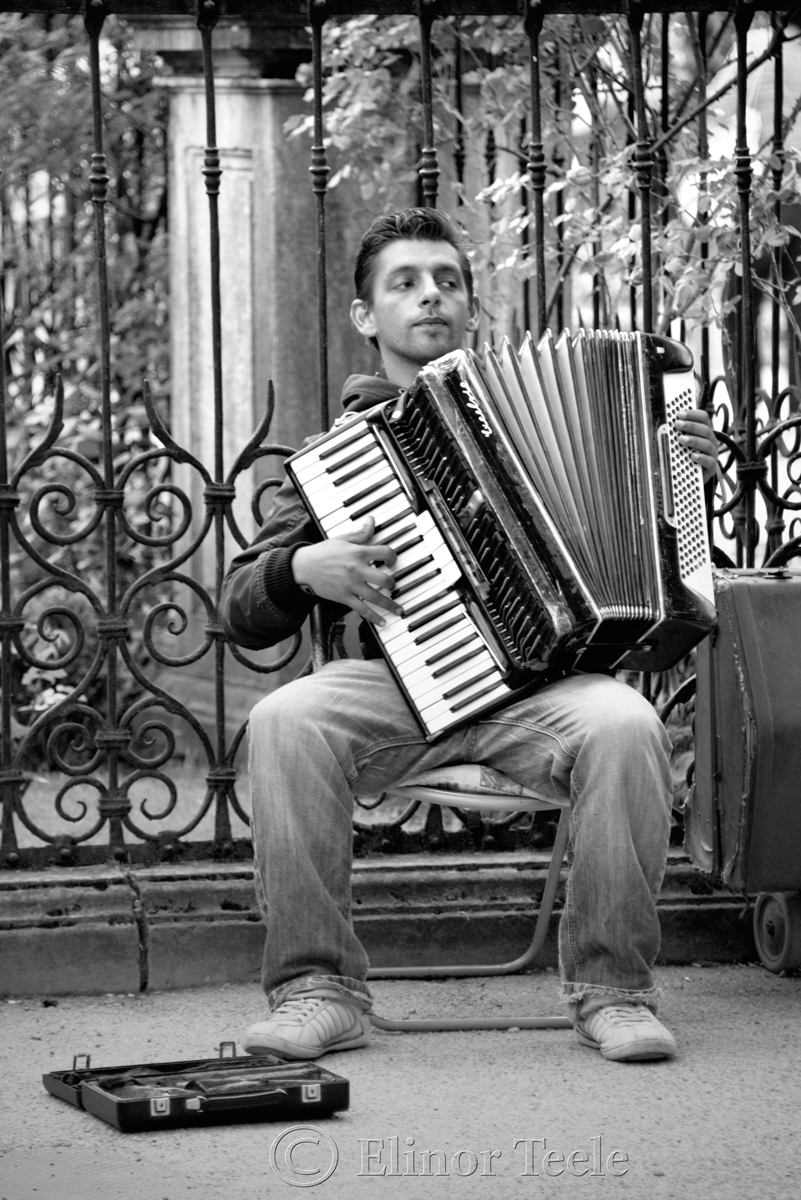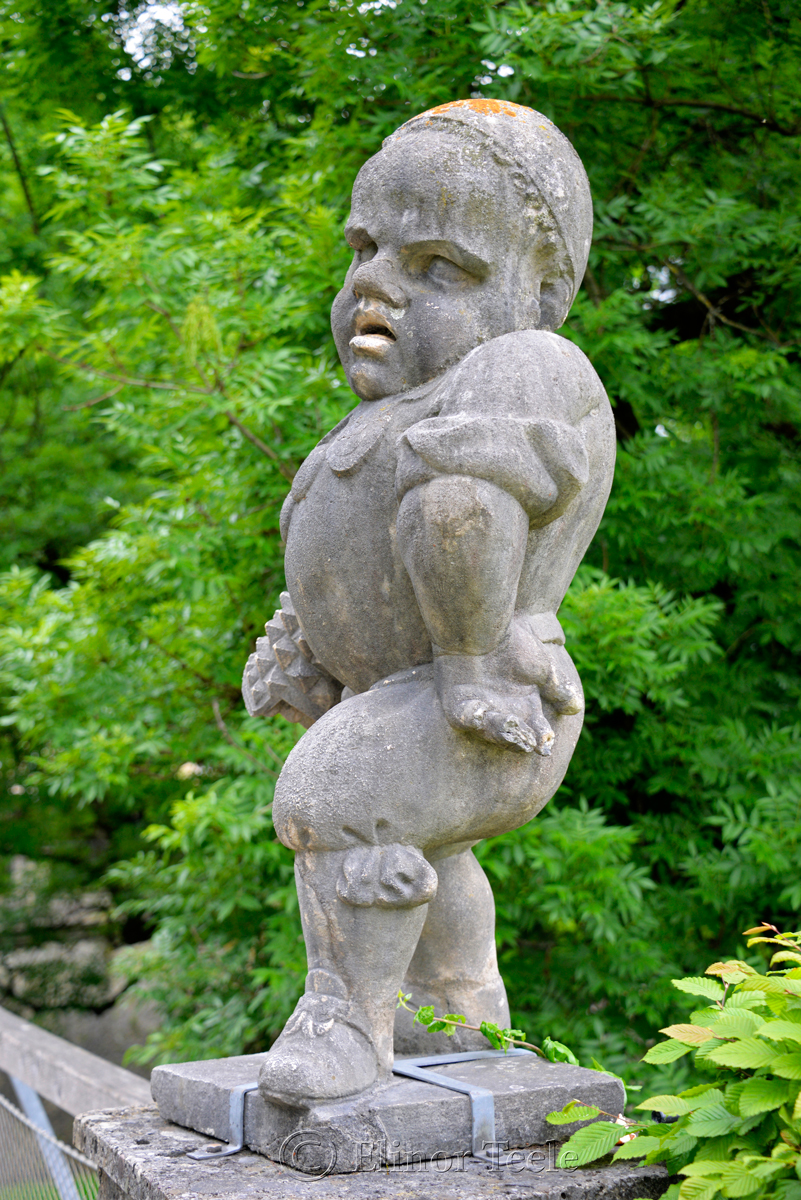Stolpersteine, Salzburg, Austria
There are 48,000+ Stolpersteine (“Stumble Stones”/”Stumbling Blocks”) in Europe. Each one commemorates a victim of the Holocaust – a Jew, Roma, Sinti, black person, homosexual, disabled person, Catholic, Protestant, Jehovah’s Witness, Communist, Resistance fighter, military deserter or any other human being that the Nazis decided to condemn. The project is
Book Burning, Salzburg, Austria
Salzburg residents conducted a bücherverbrennung (“book burning”) in the Residenzplatz in 1938. This was one in a series of vicious antisemitic acts. After the Anschluss, Nazi sympathizers also burned the city’s synagogue, placed Jewish citizens in Salzburg under Nuremberg laws, and beat Jewish men on the street. Southern Germany is just
Hauptbahnhof, Salzburg, Austria
To reach Salzburg from Vienna you can take a train run by the government, ÖBB, which can be cheaper if you book ahead and know your time of departure. Or you can take the Westbahn, which is a great option if you buy your ticket on the day. The Westbahn
Mirabellgarten, Salzburg, Austria
Schloss Mirabell (“Mirabell Palace”) began as a love nest. Originally called Altenau and now known as the “Taj Mahal of Salzburg,” the palace was created by Prince Archbishop Wolf Dietrich von Raitenau for his mistress, Salomé Alt. He had 15 children with Salomé, an exhausting routine for any monarch but
Wedding Couple, Mirabell Gardens, Salzburg, Austria
The Marble Hall in the Mirabell Palace is used for concerts and civil wedding ceremonies. Although a devastating fire in 1818 destroyed it ceiling fresco, the statues and masonry in the hall survived.
Accordion Player, Mirabell Gardens, Salzburg, Austria
Marvin Hamlisch, the composer of A Chorus Line and “The Way We Were,” owes some of his musical genetics to this humble instrument. His Viennese-born father was a professional accordion player in the “Golden Age of the Accordion” during the first half of the 20th century. Listen for Viennese strains
Continue readingAccordion Player, Mirabell Gardens, Salzburg, Austria
Zwerglgarten, Mirabellgarten, Salzburg, Austria
The remnants of an unenlightened area, Salzburg’s Dwarf Garden was created by Prince Archbishop Franz Anton Harrach in 1715. Some of the models for the garden lived in Harrach’s court and worked as entertainers. This man has achondroplasia – the same genetic disorder affecting the dwarves in Las Meninas by
Continue readingZwerglgarten, Mirabellgarten, Salzburg, Austria
